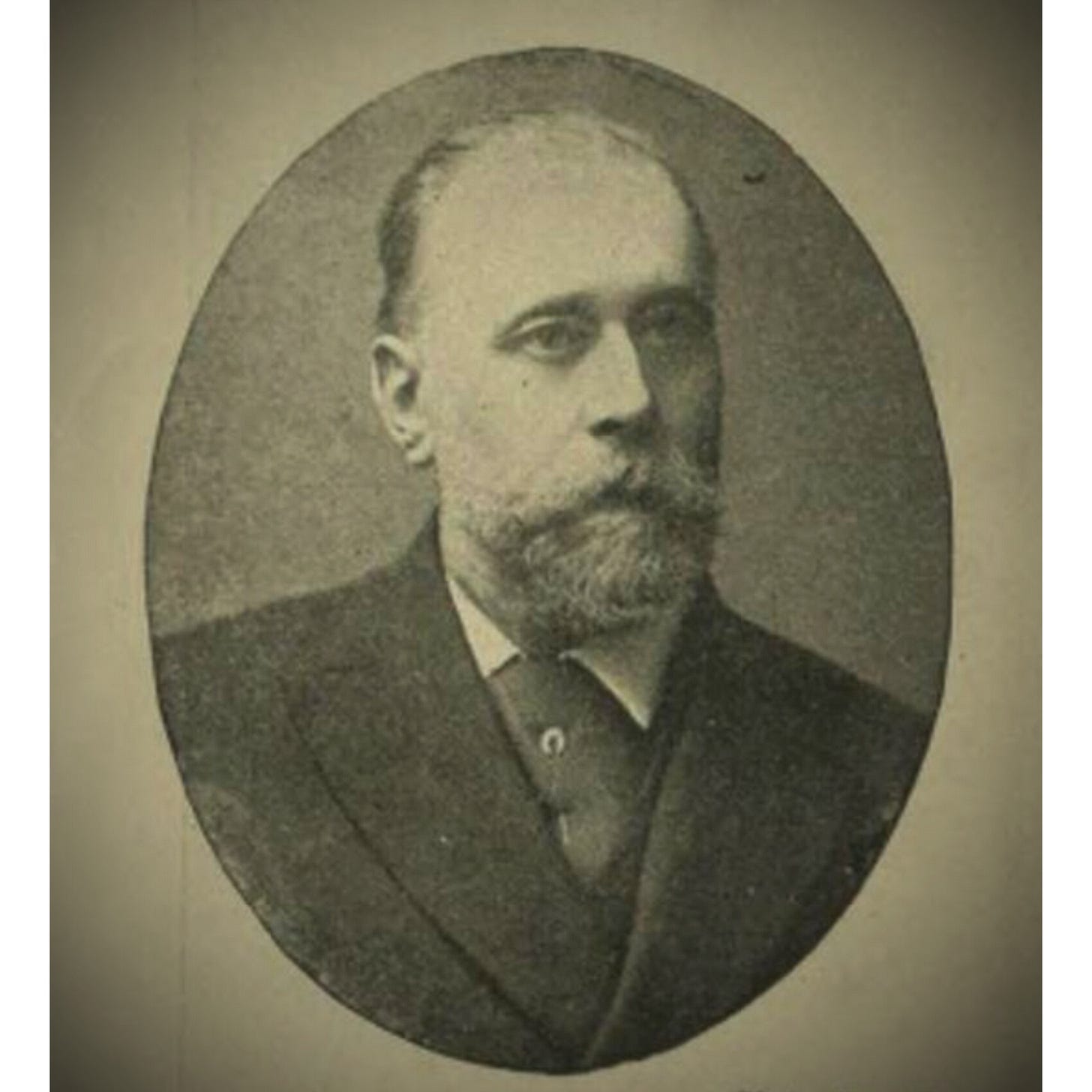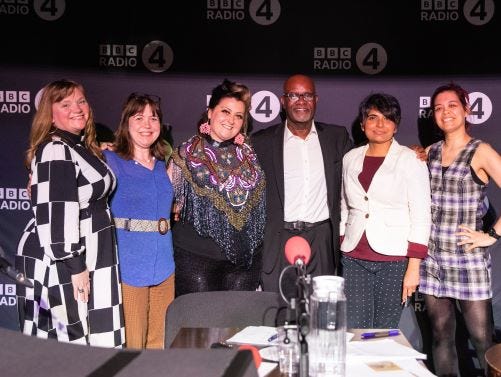The anatomist next door
Victorian London's only private anatomy school was popular with medical students - but not with the neighbours
Gone were the days of the resurrection men, hooking the dead from their graves under cover of a dark lantern; tales of 'burking' – the murder and sale of victims to complicit anatomists – were receding into macabre memory.
It was 1877, and the study of anatomy was all above board. London's medical schools received the bodies of those who had died friendless in the workhouse – the workhouse officials informed the Inspector of Anatomy, who assigned the deceased to a teaching hospital along with a warrant for dissection. There, the poor abandoned corpse gained constant companions in the students, becoming more important to its new friends than it had been to anyone during life.
Some cadavers, however, met a slightly different fate. They were allocated to the only licensed private anatomy school in London – Thomas Cooke's School of Anatomy, Physiology and Operative Surgery – where they helped students cram for their exams. The School was an anomaly; both a throwback to the old days when the private medical schools of William Hunter and William Smellie flourished, and a modern response to the overwhelming amount of knowledge required of students as medical education became increasingly regulated.
Dr Thomas Cooke (1841-1899) was born in Buffalo, NY, but grew up in Paris and qualified in medicine there. (He is, of course, not to be confused with Thomas Cook the travel entrepreneur.) In 1870, Dr Cooke moved to England to escape the siege of Paris and passed the examination to be a Member of the Royal College of Surgeons (MRCS), shortly afterwards passing as a Fellow (FRCS). By August 1871 he had been appointed Assistant Surgeon to the Westminster Hospital, but things did not go to plan.
Cooke's experience in Paris translated poorly to the British hospital system and in spite of his unparalleled knowledge of anatomy, his old-school surgical techniques did not hold up well in the emerging paradigm of germs and antisepsis. He was passed over for promotion to the senior surgical staff and, although he retained a nominal appointment at Westminster Hospital for the rest of his life, his services were no longer welcome after around 1875.1
Cooke might not have been a star surgeon, but he was a great communicator, and his talent and enthusiasm lay in demonstrating anatomy. An energetic and thoughtful teacher, he had a knack for explaining the intricacies of the human body in a way that elucidated the tangle of nerves, bones and ligaments that students had to memorise. He opened the School of Anatomy, Physiology and Operative Surgery to offer extra tutoring for students struggling with their hospital studies or in need of refreshing their knowledge in the run-up to exams. A three-month course cost three guineas and was available even in the summer, when the hospital schools did not dissect. Initially located in Stamford Street, the school moved to 31 New Bridge Street, Blackfriars, in the autumn of 1876.
There was a reason the hospital schools confined their anatomy lectures to the winter – cadavers decomposed quickly at the best of times, and the hot weather and flies of the summer months would make the dissecting room unbearable.
Therefore, it soon became apparent that the densely populated area of Blackfriars was not ideal for the storage of cadavers. Nearby office workers had to keep moving to different parts of their buildings to escape the terrible smell. Neighbours complained to the local Medical Officer of Health, who came along and had a sniff of the cadaver in progress, but did not consider it too bad.
Thomas and Alice Benbow, who occupied the third and fourth floors of 32 New Bridge Street, could see right into next door's skylight and observe dissections while they were cooking their dinner. Hoardings put up by Cooke to obscure the view did nothing to prevent the odour of rotting flesh floating into the Benbows' kitchen. They were even woken at 2am on one occasion by someone trying to deliver a corpse to the wrong house.2
In January 1877, they complained to the police. Constable Albert Harris went to take a look and encountered a grisly scene:
'He found six or seven gentlemen in a room on the third floor dissecting. There was the trunk of a woman on the table, and pieces of flesh on another, and more of them in a tank on the right-hand side of the door. The smell was not very strong, but it was a faint, sickly smell.'3

In due course the body was sent for burial, but neighbourly relations did not improve. At the suggestion of a friend, Cooke arranged for a coffin filled with wood and sprinkled with carbolic acid to arrive at 31 New Bridge Street to test whether the issue was all in the complainants' heads. Sure enough, Benbow reported experiencing 'the same smell as before'. But official proceedings had already been started and Cooke was summonsed to court on a charge of committing a nuisance. The magistrate did not look kindly on the trick with the corpseless coffin. He ruled that the nuisance was real and must be abated.
Cooke did not have to close the school altogether, however, and it prospered at new premises in Henrietta Mews off the present-day Handel Street, Brunswick Square, attracting around 100 students a year and using an innovative storage tank that could preserve up to 17 cadavers at once. The property included part of the old burial grounds that are now St George's Gardens, but the people laid to rest there fortunately could not have been aware of what was happening to their fellow dead above them.
Cooke made several contributions to medical literature – his Tablets of Anatomy (1873) were a clearly structured and easy-to-use study guide, and his A Plea for Practical Work in Anatomy (1893) stated the case for hands-on dissection at a time when there was a shift towards students learning from plates, diagrams and frozen sections of cadavers.
In the middle of an anatomy demonstration on 8 February 1899, Cooke collapsed and died.4 His corpse did not find its way onto the dissecting tables that had been so welcoming to the poor, and he was buried at Kensal Green Cemetery. The Anatomy School continued, led by Cooke's son Dr Francis Gerrard Hamilton Cooke and the surgeon Edward Knight, but fizzled out around the time of the Great War.
One of Cooke’s other sons, Granville5, had a rather different career trajectory involving fraud, prison, and his own peculiar death – but that’s a story for another time.
Best Medicine
You can catch up with my episode of Best Medicine on BBC Sounds, on Spotify or wherever you usually get your podcasts.
I talk about some inhalation inventions that helped (or hindered) our ancestors in their attempts to breathe easily. Find out more about the Asthma Cigarettes and Ammoniaphone mentioned in the episode.
HistMed Highlights
DARK CRADLE: 🎧 Dr Angela Buckley talks about the chilling case of Amelia Dyer, the Victorian baby farmer, on Haunted Histories Podcast.
THE ART OF INJECTION: 💉🩸In this online talk, Surgeon’s Hall Human Remains conservator Cat Irving will explore the history of preparing blood vessels for the teaching of anatomy. 22 November 2023, 7pm via Zoom, £3.
A VICTORIAN MEDICAL FAMILY: ⚕️Ann and Dan Gresswell of Louth, Lincolnshire, had 15 children who went on to become veterinary surgeons, asylum attendants, infectious disease doctors and more. Professor Emerita Lynda Payne tells the story of this largely forgotten but accomplished family. 28 November 2023, 7.30pm online and at Louth Methodist Church, LN11 9NQ.
PRIESTS, PLAGUES AND PATIENTS: 🏥It is 900 years since the founding of St Bartholomew’s Hospital in 1123. The Worshipful Society of Apothecaries hosts a lecture by Dr Robert Treharne Jones about the hospital’s eventful history on 27 November 2023, 6pm, Apothecaries’ Hall, London EC4V 6EJ. Non-members £20.









I'm interested in the article that you wrote regarding Dr. Thomas Cooke and his school. I'm doing family research on my wife's family. Dr Cooke was her grandfather's grandfather. Her great grandfather was the one mentioned in the article who died, Granville. The family lived at 40 Brunswick Sq, just around the corner from the school when located at Henrietta Mews. I believe that that part of the property is now a garden/landscape centre. I'd be very interested in any extra research that you could share regarding the school and the events happening after the doctors death. Was the building housing the school on Henrietta Mews built by Dr. Cooke or was it an already existing structure. I understand that he did build a small cottage on the property to house students and where his son, Granville eventually died from gas asphixiation. When was the building eventually torn down? Where was the school located before it was moved to Henrietta Mews?